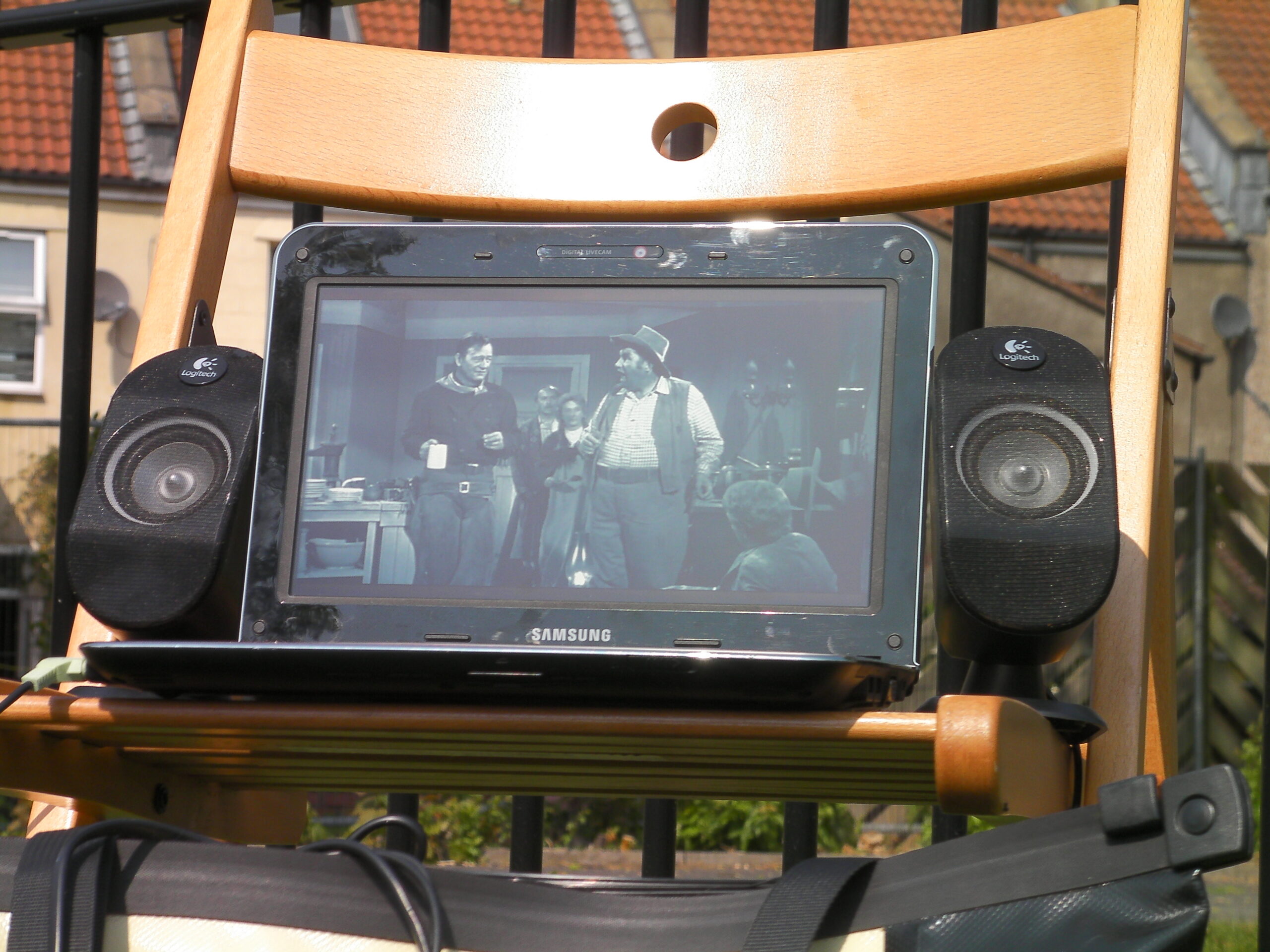Notes from “The informed Bodymind” a workshop by Nita Little
This was a workshop held at The Trinity Centre, Bristol with Nita Little over 2 days in Summer 2016. Preamble This article is a set of note I took at the two day workshops by Nita Little, written up so that they hopefully make sense to people other than me. They are by no means endorsed by Nita, though I have kept quotes as accurate as I could write them down on the day. The illuminated meanings of the quotes…

